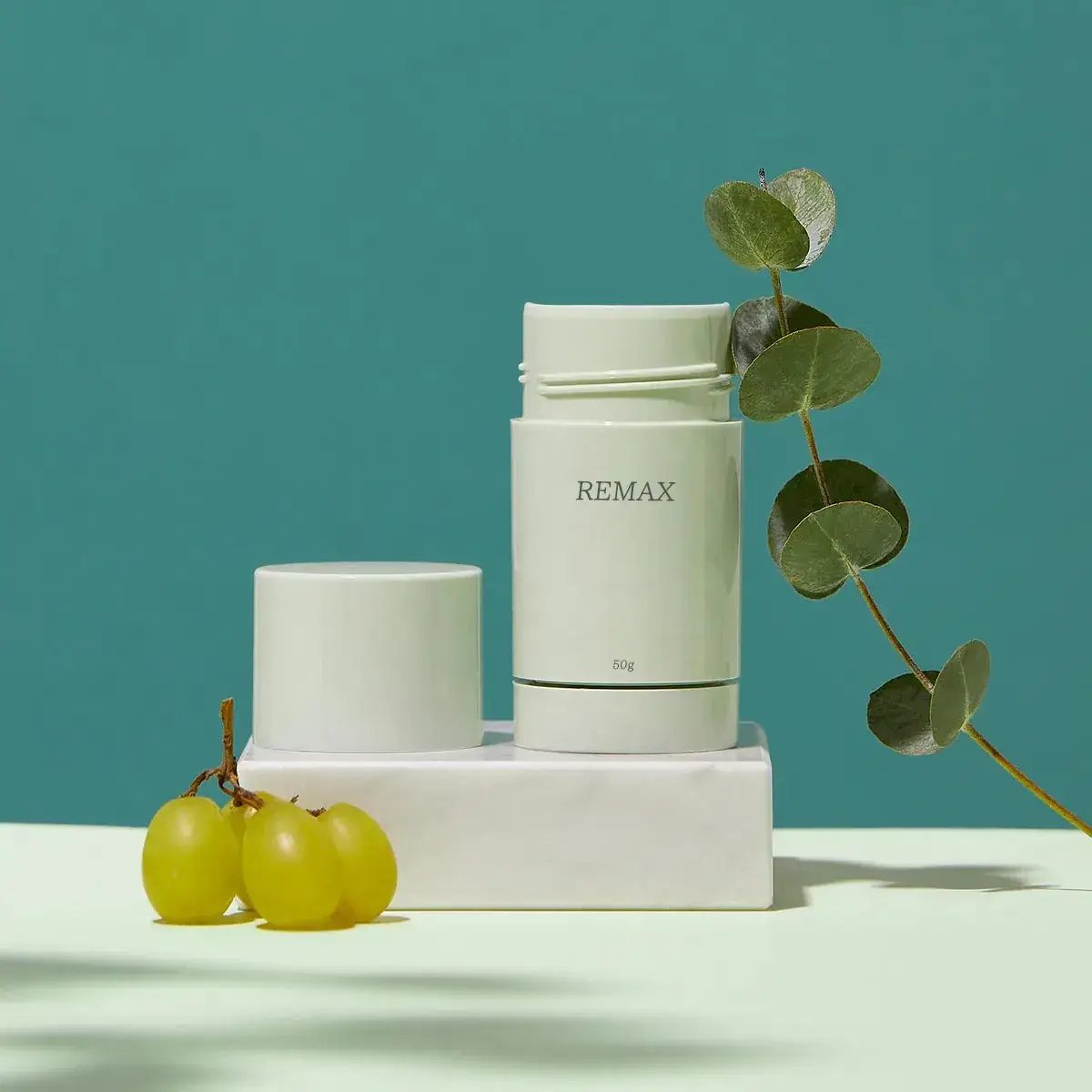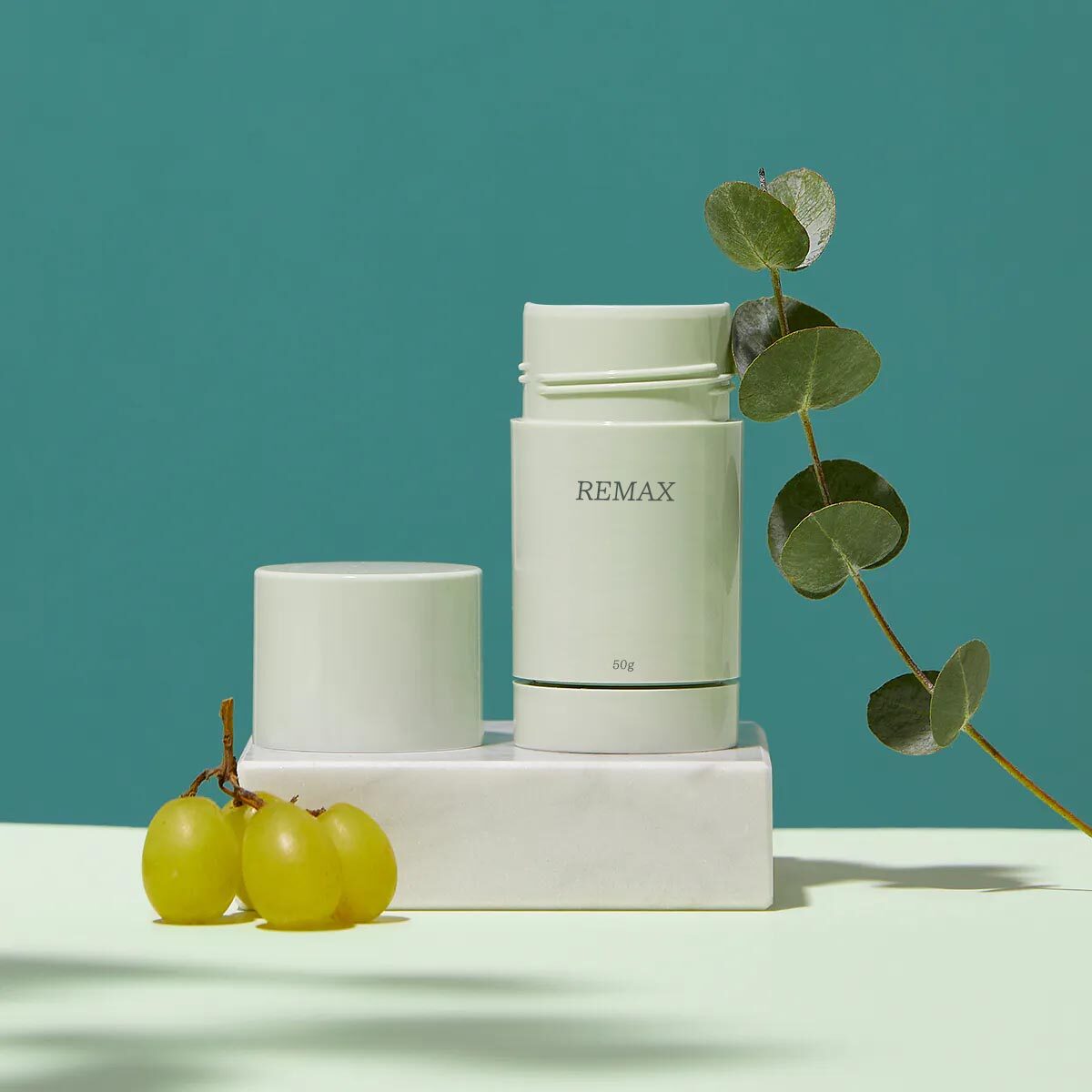Email format error
Email cannot be empty
Email already exists
6-20 characters(letters plus numbers only)
The password is inconsistent
Email format error
Email cannot be empty
Email does not exist
6-20 characters(letters plus numbers only)
The password is inconsistent

When you start your day, applying deodorant is likely one of those automatic, seemingly small tasks you hardly think about. But have you ever paused to consider how your trusty deodorant stick is made, or what goes into creating that fresh, clean scent you enjoy throughout the day? The truth is, the journey of a deodorant stick from the manufacturer’s factory to your bathroom shelf is quite fascinating. Behind this everyday essential lies a world of innovation, science, and attention to detail.
In this blog post, we'll dive into the manufacturing process of deodorant sticks, explore the science behind how they work, and why the choice of a deodorant stick manufacturer is so important. You’ll also discover how this seemingly simple product impacts your health, the environment, and even global industries.
Deodorant stick manufacturers are more than just factories churning out products. They are the masterminds behind the formulas that keep us fresh and confident throughout the day. These manufacturers combine chemistry, biology, and a dash of creativity to make sure the deodorants they produce are effective, safe, and pleasant to use.
It all starts with a careful selection of ingredients. The primary function of a deodorant is to prevent body odor, and manufacturers typically achieve this by including antibacterial agents like triclosan or alcohol, which kill the bacteria that feed on sweat and produce odor. However, the modern consumer demands much more than just odor protection. We want our deodorants to glide on smoothly, smell fantastic, and ideally, be made from ingredients we can trust.
This is where a skilled deodorant stick manufacturer makes all the difference. Top-tier manufacturers invest heavily in research and development to meet the needs of the market. They must carefully balance the active ingredients, fragrances, and additives like moisturizers, all while adhering to strict safety standards and regulations.
For instance, many deodorant stick manufacturers are now focusing on creating products that are free from aluminum, parabens, and synthetic fragrances, in response to increasing consumer demand for natural and organic products. It’s not just about making a product that works—it's about making one that people feel good about using.
So, how exactly does a deodorant stick go from an idea to a finished product? Let’s break down the process step by step.
Before a deodorant stick hits the market, it begins in a lab. Here, scientists and product developers work together to create the perfect formula. They start by identifying the product’s purpose—whether it’s a standard deodorant, an antiperspirant, or a more specialized product like a deodorant for sensitive skin.
From there, they test various combinations of active ingredients, such as antiperspirants like aluminum compounds or natural alternatives like baking soda and arrowroot powder. They also experiment with different fragrances, skin conditioning agents like shea butter, and preservatives to ensure the product has a long shelf life.
Once the formula is perfected, the deodorant stick manufacturer sources the necessary raw materials. These can include everything from natural oils and waxes to synthetic compounds. Many manufacturers work closely with suppliers to ensure that the ingredients are of the highest quality and meet safety standards. For manufacturers focusing on sustainability, this might also involve sourcing eco-friendly, cruelty-free, or vegan ingredients.
In the production phase, the deodorant stick manufacturer blends the ingredients together in large mixing vats. This process involves heating the mixture to specific temperatures so that the waxes and oils melt and can be combined with the other components. The fragrance is typically added toward the end of this process to ensure it remains potent.
For natural deodorants, this step requires even more precision, as the absence of synthetic stabilizers can make the formula more sensitive to temperature fluctuations.
Once the deodorant mixture is prepared, it's time to pour it into the molds, which will give the product its familiar stick shape. In this phase, the liquid mixture is poured into empty containers, which are often pre-labeled with the product’s branding and information. The mixture must cool and solidify before the deodorant stick is complete.
Many deodorant stick manufacturers use automated machines to handle this step, ensuring consistency in the size and weight of each stick. However, smaller or artisanal manufacturers may use more hands-on methods, especially if they’re working with small batches of organic or all-natural products.
Once the deodorant sticks have solidified, they are cooled to room temperature and then capped. Afterward, they move down the production line for labeling and packaging. A deodorant stick manufacturer must ensure that the product is securely packaged to maintain its integrity during shipping and on store shelves. Packaging can range from traditional plastic twist-up containers to more eco-friendly options like biodegradable or recyclable materials.
Before the deodorants are shipped to stores, they undergo rigorous quality control tests. These tests ensure that the product meets the necessary standards for safety, efficacy, and consistency. For instance, the manufacturer may test for proper pH balance, consistency of the fragrance, and the strength of the antiperspirant action. This ensures that every deodorant stick in a batch performs as expected.
The choice of deodorant stick manufacturer can greatly impact the quality of the final product. A reputable manufacturer will prioritize both performance and safety, ensuring that the deodorant does its job without causing harm to users. This is especially important as consumers grow increasingly concerned about what they put on their bodies.
One of the most significant shifts in recent years is the demand for natural deodorants. More people are becoming aware of the potential health risks associated with certain chemicals in personal care products, such as parabens and aluminum compounds. As a result, many deodorant stick manufacturers are reformulating their products to exclude these ingredients, opting instead for natural alternatives like coconut oil, baking soda, and essential oils.
In addition to health concerns, environmental impact is another key factor. Some manufacturers are leading the charge in creating eco-friendly deodorant options, using sustainable practices and materials. For instance, they might use recyclable packaging or develop deodorants that are free from synthetic fragrances and dyes, reducing their environmental footprint.
Moreover, many top deodorant stick manufacturers are committed to ethical sourcing and production practices, ensuring that their supply chains are free from child labor, animal testing, and other unethical practices. This allows consumers to feel good about the products they’re using, knowing that they align with their values.
The deodorant industry is not just about personal care; it's a massive global market. The demand for deodorants is growing, particularly in regions like Asia-Pacific and Latin America, where rising disposable incomes and increased awareness of hygiene are driving sales. According to market research, the global deodorant market is projected to grow significantly in the coming years, with a greater focus on natural and organic products.
This growth creates new challenges and opportunities for deodorant stick manufacturers. As new brands enter the market, innovation becomes key. Whether it’s through offering gender-neutral scents, creating zero-waste packaging, or introducing new formulations that promise 48-hour protection, manufacturers must continually adapt to consumer demands and industry trends.
The next time you reach for your deodorant stick, you’ll know that there’s much more to it than meets the eye. The process of creating a deodorant involves careful research, precise manufacturing, and the expertise of skilled deodorant stick manufacturers. These manufacturers play a crucial role in determining not only how well the product works, but also how safe and sustainable it is.
From ingredient sourcing to packaging design, every step of the process is a reflection of consumer needs and industry innovation. As we continue to demand more from the products we use—whether in terms of health, sustainability, or performance—deodorant stick manufacturers will be at the forefront of creating the next generation of personal care products that help us feel fresh, confident, and empowered every day.